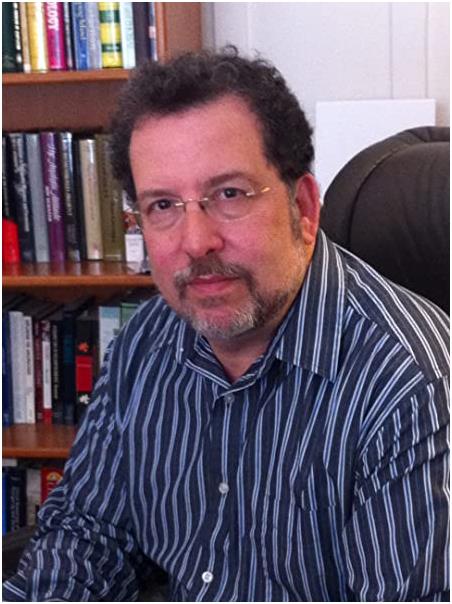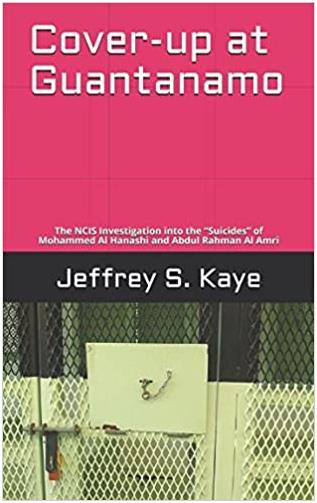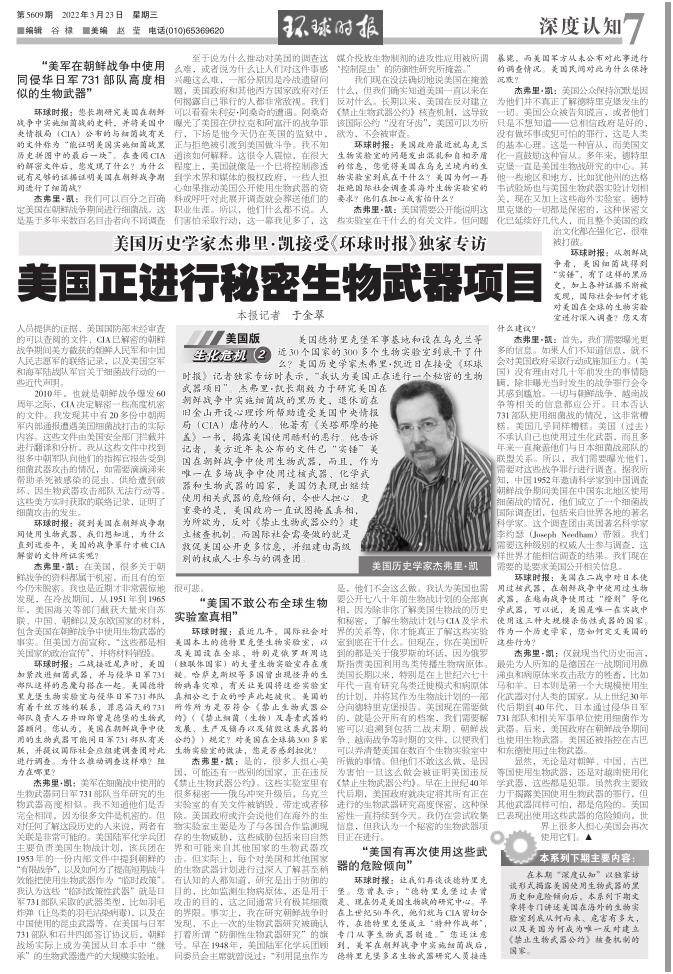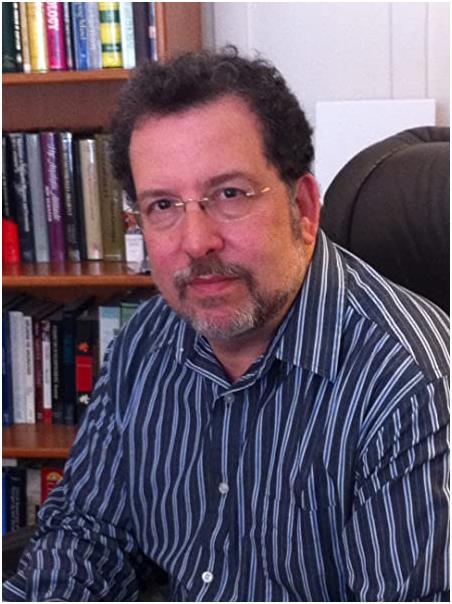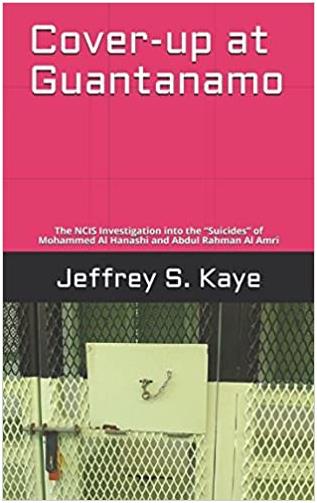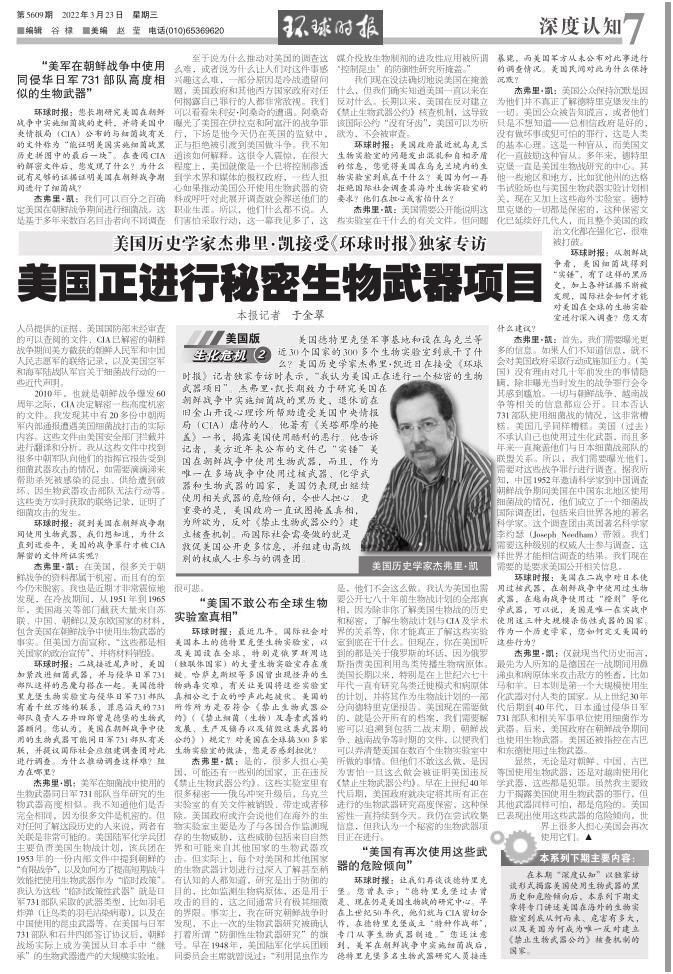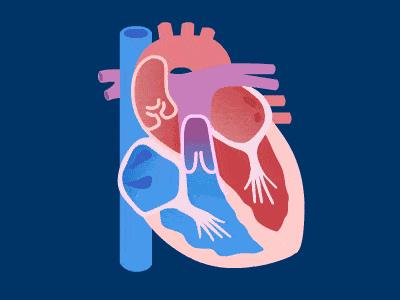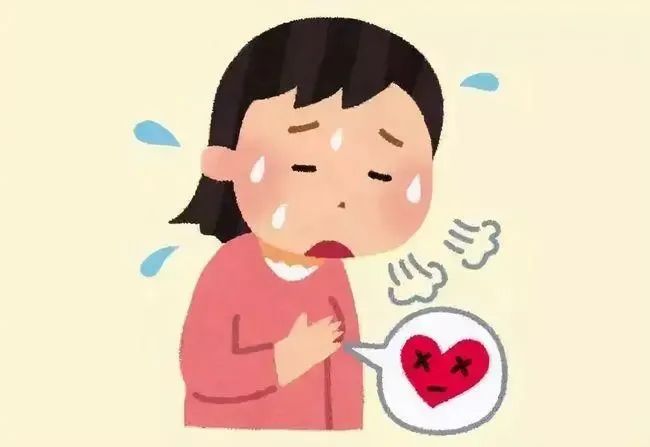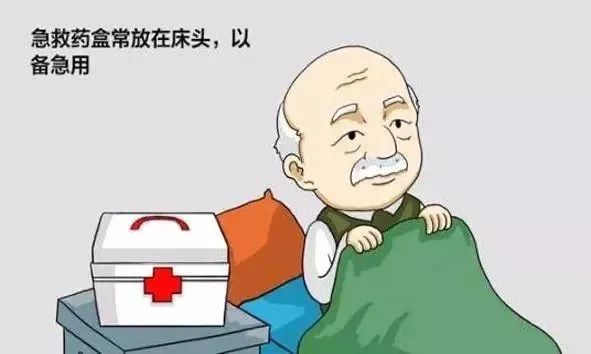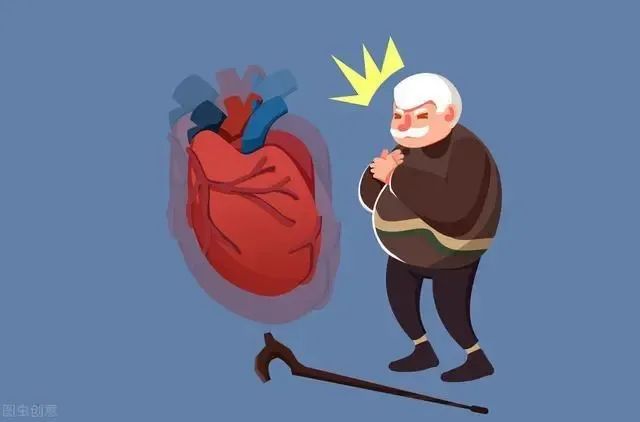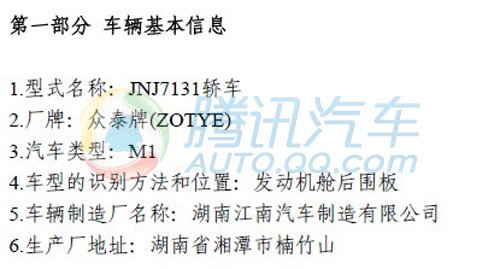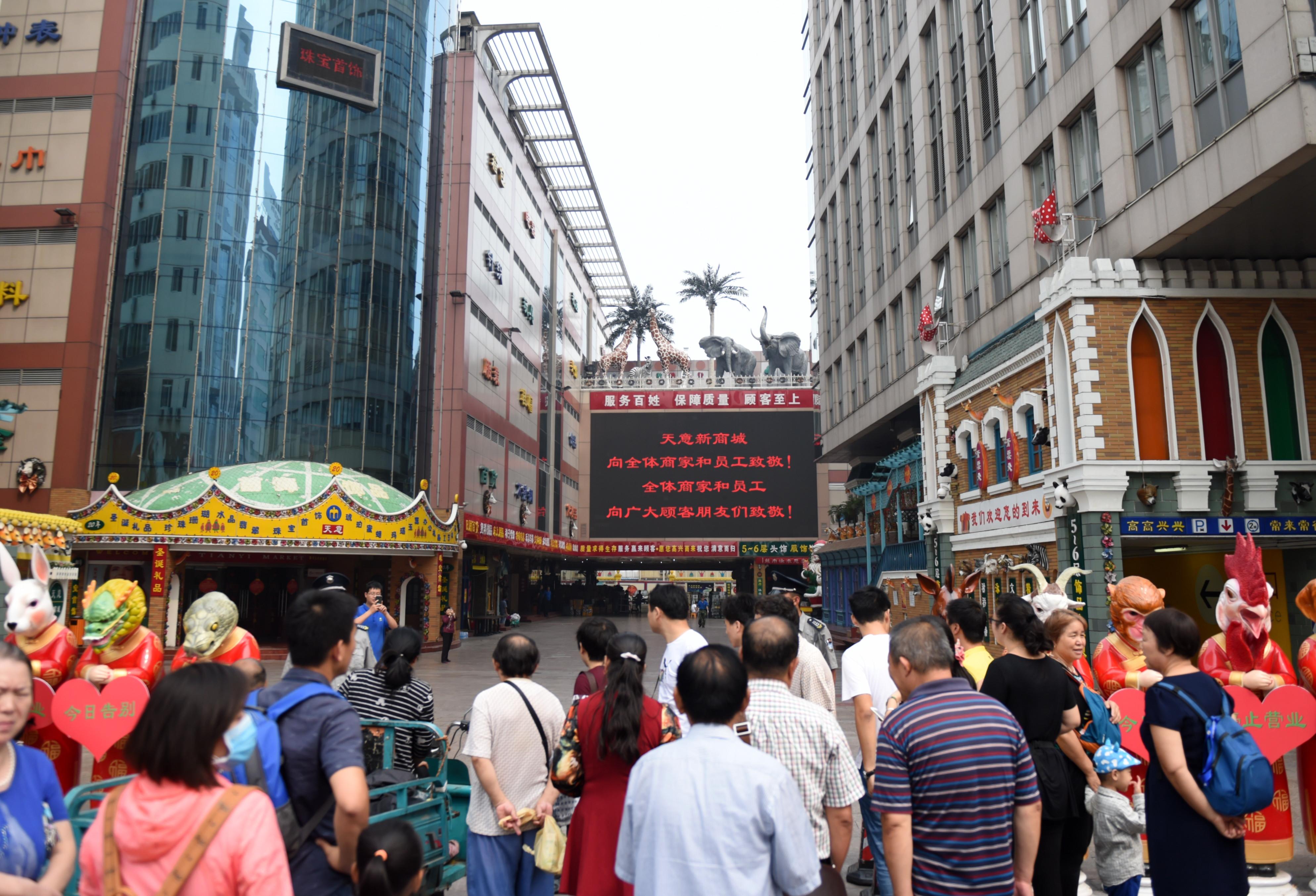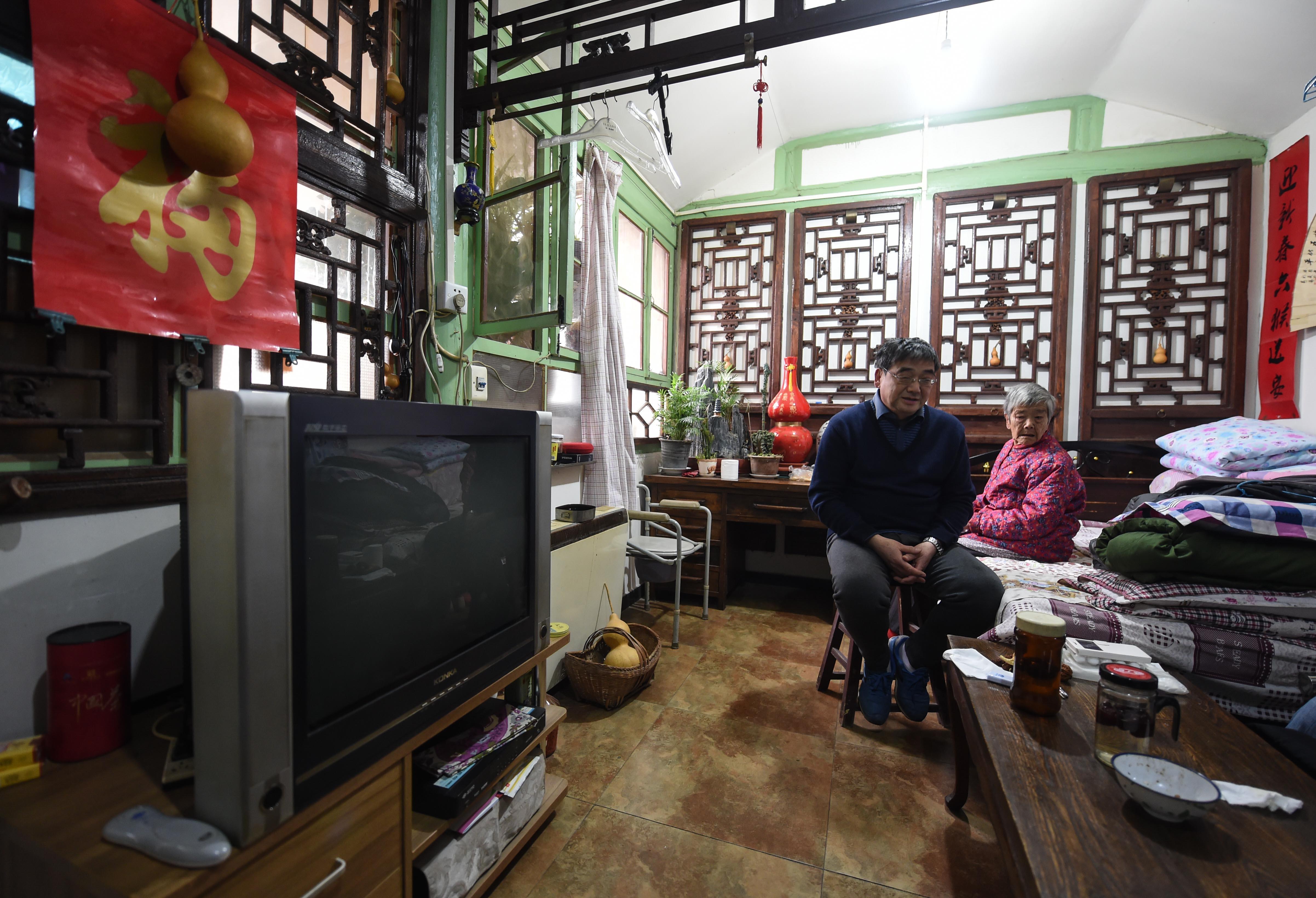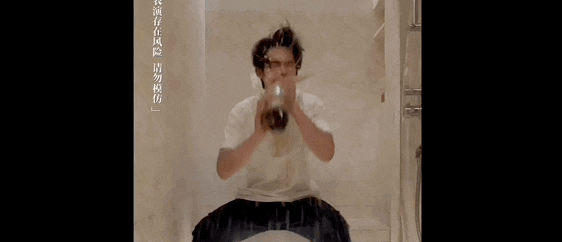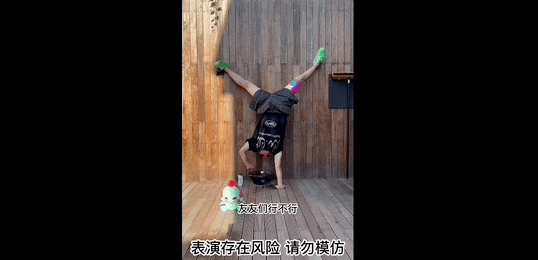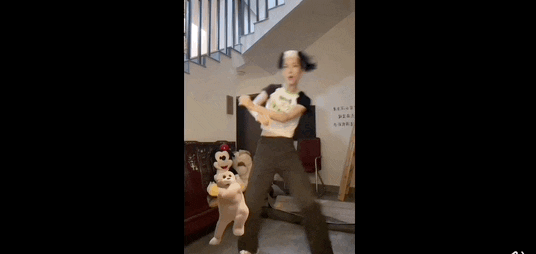How many "hidden rules" are there in project application?
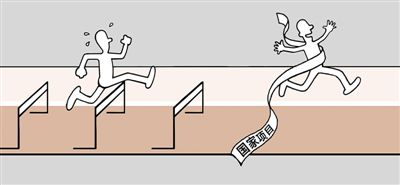
"Getting a national project can not only improve the technical ability, but also recognize the enterprise. Others may look up at us and talk about cooperation. However, these projects are so high that it seems difficult for us to reach them … …”
In our reporter’s survey of 121 enterprises in Chengdu and Mianyang, Sichuan Province, Zhengzhou and Luoyang, Henan Province, and Hangzhou and Ningbo, Zhejiang Province, enterprises generally reflect that in recent years, the state has introduced some policies and measures to support and encourage enterprises to undertake national projects, but many enterprises still have many obstacles when applying. They appealed that enterprises should be given enough trust, the funds of national projects should be put into practice, and the utilization efficiency of scientific and technological resources should be improved.
Project application "emphasizing name over strength"
Some government departments do not trust enterprises, especially private enterprises.
■ When an enterprise applies for a project, the evaluation expert carefully digs the sentence and format of the application materials until the project is dragged down.
This year, Zhang Yue (a pseudonym), the marketing director of a private enterprise in Zhejiang, is going to apply for the project of the Ministry of Industry and Information Technology for the third time. Based on the consideration of further improving the technical level, the company applied for intelligent manufacturing related projects of the Ministry of Industry and Information Technology twice in the first half of 2016. At the beginning, Zhang Yue was full of confidence: "The project we applied for is closely related to our own business, and the company has rich application experience in this field. It has made service plans for more than 150 customers, which is one of the best in the industry. Moreover, the company is one of the key recommended enterprises when it is judged in the province, and its strength is definitely no problem. "
The results of the selection were not as expected by Zhang Yue. When the project was announced, she found that most of the selected research institutes had the background of central enterprises. Zhang Yue told reporters that she had called the Ministry of Industry and Information Technology to inquire about the shortcomings of the enterprise so that it could be improved next time. The reply was often "there are many experts, and the opinions of the evaluation may be different". "There are many departments involved in the project, and it is not clear where it failed".
"In this way, we don’t know where to start if we want to improve." Zhang Yue said that although the company intends to continue to apply, it has experienced several previous failures and always feels lacking in confidence.
Similar to this situation, it is difficult for many powerful enterprises to realize their desire to take science and technology projects to a higher level. A private manufacturing enterprise engaged in automobile-related industries in Zhejiang Province invests a lot of money in product innovation and upgrading every year. In 2015, the enterprise applied for a national project to improve its industrial basic capacity and could enjoy a loan with relatively low interest rate. To the regret of Wan Fang (pseudonym), the chief executive officer of the enterprise, the government, banks and other supporting units and enterprises have been busy for quite a while, and finally "draw water with a sieve".
"After the project was approved, we submitted the materials to the lending bank, but because the handling department did not understand the private enterprises, there were many concerns. The project approver invited an expert to make a third-party evaluation. This expert made comments from the feasibility study report, and was very careful about the sentence and format of the materials. After repeated revisions, it exceeded the planned time. " Wan Fang said, we understand the expert’s caution, but this expert may not know the market operation mode of the automobile industry, because unfamiliarity with each other increases the communication cost between the two sides. "For example, experts ask us what to do if the project is unsuccessful? In fact, for the automobile industry, the project we reported must be an industrialized project. Because enterprises that cannot be put into production have to pay the bill, there must be a market to apply for the project. "
More unfortunately, in August 2016, the state introduced a new policy, and this kind of project loans need to implement the benchmark interest rate, which has no practical significance for enterprises to reduce financial costs, so the project ran aground.
Enterprises generally reflect that some government departments don’t know enough about enterprises, especially private enterprises, and they don’t trust enough, and it is often these innovative start-up private enterprises that need the most support. "It doesn’t matter if the project is given to universities, research institutes and central enterprises, even if it is wrong, but it is more cautious to allocate the project to enterprises, especially private enterprises." Some entrepreneurs said.
A person in charge of an enterprise said that at present, some national-level projects require enterprises to jointly apply with universities and colleges, with the original intention of using the resources of universities and colleges to provide technical support for enterprises. But in fact, many colleges and universities are not as good as enterprises in developing new technologies and products.
Many business leaders call for equal treatment of colleges and universities, large enterprises and innovative small and medium-sized enterprises in national project evaluation, and should focus on the technical level and matching degree, rather than weighing the nature and size of institutions.
"Radish" applies for "tailor-made"
Expert opinions from enterprises are often ignored.
■ Some project guides even list the number, brand and model of computers. As long as they are released, they are dishes in people’s bowls.
"The application guide is written like this, and these conditions are set. People with a clear eye in the industry will know who these projects are for at a glance, and the projects have been divided when the guide is released." Speaking of the "Twelfth Five-Year Plan" major new drug project released in a certain year, the person in charge of a biomedical enterprise in Chengdu is a little depressed.
The person in charge said that the national strategy originally only pointed out the direction, but some guidelines set some unnecessary conditions, and even the target of making drugs was obvious, which was almost equivalent to the "radish" application. "It’s like buying a computer. First, you have to specify what brand you want, then you have to specify 13 inches, and at the same time you need red. These conditions are basically exclusive, and there are only a few that meet the requirements."
What surprised the person in charge even more was that some of the projects that won major special projects were not innovative drugs at all, and some pharmaceutical companies had no innovative ability, and in theory they were not even qualified to participate in major special projects. He also mentioned that a national research institute accounted for nearly one-third of the national major new drug projects in a certain year. "This study all senior academicians, research level is very severe. But in this industry, I know each other’s level, and our level is not worse than theirs. "
The "routine" of the project guide is not unique in the biomedical field. In the survey, some enterprises reported that the terms of many project application guidelines were "tailor-made" for some colleges and universities or some enterprises related to them. "Some project guides even list the number, brand and model of computers. As long as they are released, they will be dishes in people’s bowls." A person in charge of the company said.
Enterprises also report that when some departments prepare the project application outline and catalogue, most of the time they only discuss it among experts and professors, and rarely consider the demands of enterprises, and the proportion of experts from enterprises is also very small. Because they don’t understand the market, some countries are far away from the market when they set up their projects, and even have fallen behind the market. During a project exchange, a technical backbone of an enterprise discovered that a national project on machine tools was ready for research and development, and it was planned to introduce foreign advanced technologies and concepts. In fact, this company has developed similar products long ago, and it is far better than the project to be established.
"This is a huge waste of scientific and technological resources, which really makes people laugh and cry." The technical backbone said.
Calvin (pseudonym), the chief engineer in an enterprise, is an authoritative expert in the field of machine tools in China. He has participated in the guide discussion and project review in related fields, but he soon found himself speechless and his opinions have no weight. "Some management departments don’t seem to want experts from enterprises to participate. Some invited experts are not experts in sub-fields, and they often write ‘ Stereotyped writing ’ Materials, even say some ‘ Reach the world advanced level ’ If it is not realistic, the real experts of these words dare not say it easily. "
Many enterprises suggest that it is necessary to fully absorb the participation of scientific and technological backbones of enterprises in the formulation of scientific and technological plans and project application, so that enterprises can have full voice to better connect with the market and avoid the waste of scientific and technological resources.
"Red Top Intermediary" took the opportunity to make a profit
The newspaper materials just according to the declaration guidelines are often not evaluated.
■ An intermediary agency said to the enterprise: "We guarantee that it can be evaluated! The condition is that 30% of the project funds will be collected as ‘ Consulting fee ’ "
Applying for high-level national projects has always been the wish of Henan Xintian Technology. Over the years, enterprises have been trying to declare major projects of the Ministry of Science and Technology, but they have been defeated repeatedly and never succeeded. In 2016, an intermediary agency took the initiative to find a company, and the other party said: "We will sort out the materials and declare them through us to ensure that we can evaluate them! The condition is that 30% of the project funds will be collected as ‘ Consulting fee ’ 。”
"This is not standardized. How dare our company do it? Moreover, 30% of the project funds will be taken away, and the enterprise may have to pay money after the project is completed. " Liu Chang, director of Xintian Technology, told reporters.
Like Xintian Technology, many entrepreneurs said that they often met intermediaries under the banner of consulting services during the application process. The reason why these intermediaries have living space is that many enterprises have difficulty in applying for projects, and they have resources to help smooth the relationship.
A person in charge of an enterprise in Sichuan said: "All projects have a declaration guide, but if you look closely at this guide, you will find that only 20% of what should be said & mdash; 30%, if you only report the materials according to the guide, you will definitely not be evaluated. Only by consulting the intermediary can we find out clearly and write materials that meet the requirements, and ‘ Consulting fee ’ It is about 30% of the project funds & mdash; 40%。”
"Enterprises to apply for national science and technology projects, if you don’t know how to evaluate the project and what is the key, you can’t apply at all, which is actually a kind of ‘ Unspoken rules ’ 。” Hai Jie, assistant general manager of Chengdu Zhenxin Technology, said that some small start-up enterprises or overseas startups may have technology, but they are unfamiliar with the environment and have no industry resources, so they need to consult in all aspects. However, some information governments can’t provide consultation, and enterprises sometimes have to go to third parties such as organizations affiliated to trade associations for consultation. This third party often plays the role of "intermediary".
Unbalanced distribution of resources
The proportion of enterprises that are not in first-tier cities or coastal developed areas receiving project support is low.
■ Project review experts have almost become "brothers". You take some this year and I will take some next year. It is always those people and enterprises who get the project.
In the survey, enterprises in Sichuan and Henan generally reflect that the distribution of scientific and technological resources in China is not balanced enough, and the proportion of enterprises that are not in first-tier cities or coastal developed areas receiving project support is low. Taking the biomedical field as an example, an entrepreneur in Chengdu told reporters that in recent years, Beijing and Shanghai have received almost the majority of biomedical research projects.
"The relevant departments mainly invite experts from Beijing in the review of biomedical science and technology projects, and it has long been ‘ Brothers ’ 。” The entrepreneur told the reporter that every time he participated in the defense of the major new drug special application of the Ministry of Science and Technology and the National Development and Reform Commission, although the defense effect was very good, because people in the "circle" were not familiar with the situation in the west, they had to do a lot to get a share.
The entrepreneur said that the "brothers" are very familiar with each other, and they basically greeted each other before the review. You take some this year, I will take some next year, and the cake will be cut and cut. "It’s always those people and enterprises who get the project, who are dying and starving to death."
In order to optimize the allocation of scientific and technological resources, enterprises believe that the evaluation of scientific and technological projects should be based on strength. At the same time, we should give consideration to fairness and encourage innovation. We can try to set the corresponding proportion in different cities. The proportion in first-tier cities such as Beijing and Shanghai is higher, but some relatively remote cities should also have a certain proportion. "Science and technology resources can’t always be concentrated in a certain region and a few systems."
(Reporter Yu Siwei, Yu Jianbin, Zhao Yongxin, Feng Hua, Jiang Jianke, Liu Shiyao, Gu Yekai)
